Dadohaehaesang National Park
Introduction
Embrace the untamed beauty of South Korea at Dadohaesang National Park, an extraordinary marine sanctuary nestled off the southern coast of the peninsula.
Established in 1981, it’s the country's largest marine park, stretching across an expansive area of sea and encompassing a labyrinth of over 1,700 islands and islets.
Dadohaesang, meaning 'sea of many islands', captures the essence of the park's remarkable biodiversity. From lush subtropical forests to vibrant coral reefs, the park is a haven for a multitude of species, offering nature enthusiasts an immersive exploration of South Korea’s ecological richness.
The park’s dramatic coastal landscapes, with their rugged cliffs, tranquil beaches, and serene inlets, provide a stunning backdrop for hiking, bird-watching, or simply contemplating nature’s grandeur.
One of its star attractions is the mystical Heuksando Island, known for its striking black sand beaches and vibrant fishing culture.
The islands within Dadohaesang are also steeped in history and culture, with ancient temples, traditional villages, and local festivals adding to their allure.
Dadohaesang National Park isn't just a visit, but a voyage into South Korea’s diverse natural beauty, a journey of discovery that leaves you with a deeper appreciation of our interconnected world.
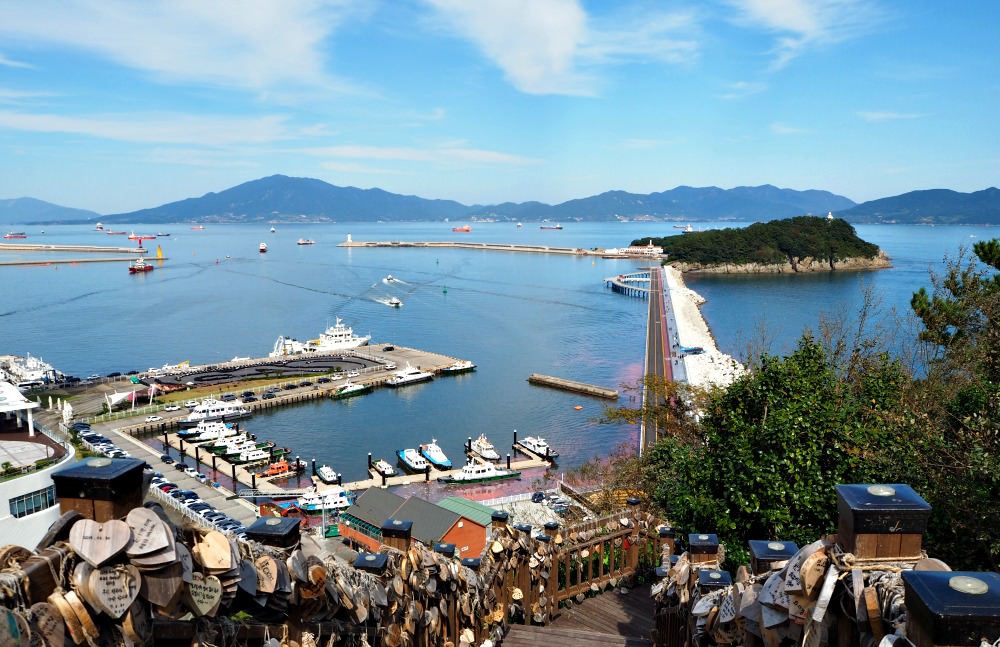 The scenery of Odongdo Island in Yeosu City, South Korea, captured my attention. It is the ideal spot to relax from city life's hustle and bustle. The beautiful island features various attractions, from its famous lighthouse to its unique rock formations. There are also many restaurants in the area that offer fresh seafood dishes at reasonable prices. During low tide, you can even explore the shallow waters surrounding the island and discover various marine life. With its stunning landscape, Odongdo Island is the perfect place for anyone looking to get away from it all and find some peace and quiet. I can't wait to visit again!
The scenery of Odongdo Island in Yeosu City, South Korea, captured my attention. It is the ideal spot to relax from city life's hustle and bustle. The beautiful island features various attractions, from its famous lighthouse to its unique rock formations. There are also many restaurants in the area that offer fresh seafood dishes at reasonable prices. During low tide, you can even explore the shallow waters surrounding the island and discover various marine life. With its stunning landscape, Odongdo Island is the perfect place for anyone looking to get away from it all and find some peace and quiet. I can't wait to visit again!Dadohaehaesang National Park
Dadohaehaesang National Park is the largest park in South Korea. It has been designated at its 14th national park on 23 December 1981.
It boasts its total area of over 2,321 square kilometers with 1,986 square kilometers of marine area and over 300 square kilometers of land area.
Dadohaehaesang National Park covers about 1,700 small and large islands and rocks. Among the islands, the most famous and visited are Hongdo island, Heuksando Island, Geomundo Island, and Baekdo Island.
The park covers Wando County, Shinan County, Jindo County, Goheung County, Haenam County, and Yeosu City in South Jeolla Province. The park is currently under UNESCO biosphere reserve region.
TRIVIA: Dadohaehaesang is home to about 1,541 plant species, 11 mammal species, 147 bird species, 885 insect species, 13 reptile species, 154 ocean fish species, and 11 freshwater fish species.
The mountain peaks, islands, beaches, forest areas, rock formations and pinnacles, volcanic formations, fresh seafood, and combining them all makes a spectacular sight that no one can resist even the gods.
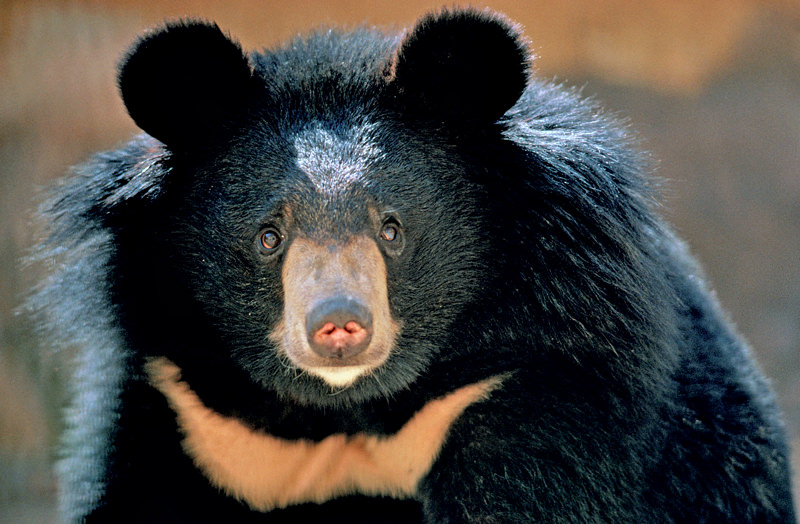 Half-Moon Black Bear
Half-Moon Black BearDistricts Composing Dadohaehaesang Park
Dadohaehaesang is composed of eight districts, each has its own and unique features - natural and historical aspects.
Heuksando and Hongdo Districts. Heuksando Island is famous for its Hongo Fish (Thornback Ray). It has been designated as Natural Monument No. 170. Both Heuksando and Hongdo boast their spectacular sceneries of land and sea.
Jeodo District. Jeodo is the area which is composed of many islands like a flock of birds. Among them, Gwanmae Island is the most famous with its over 300 years old pine tree, forest area, and beaches attracting curious visitors. Belonging to Jeodo District is Maenggol Island where the Sewol Ferry disaster occurred.
Bigeum/Docho District. The name Bigeum means “largest island” in the Korean language. It is located where the beautiful beaches are: Uido Beach and Shimmok Beach.
Soan/Cheongsan District. This district has an island called Bogildo Island, a historical site of Yoon Sun-do, where famous films where shot due to its sceneries.
Geumodo District. Geumodo Island is famous for its beautiful sunrise on the south coast. It had a dense forest with wild ginseng and used to be a hunting ground for deer for the royals of the Joseon period. Geumodo offers accommodations, restaurants, beaches (Jikpo Beach), rock formations (e.g., Sinseonbawi), and more amazing sights.
Naro Island District. It is composed of Wenaro and Naenaro. It is designated as Natural Monument No.362. The monument includes Bongraemyeon, Naro Island Beach, and Naro Space Center where the Naro Rocket was launched.
Geomundo/Baekdo District. It is located in the southernmost part of Dadohae. Geumondo Island offers scenic sights of quaint towns and environment. It is the access point for the famous Baekdo Island group the legendary and spectacular rock pinnacles are to be found.
Palyeongsan District. Palyeongsan Mountain is over 600 meters high and the highest peak in Goheung-gun in this district. The district became a part of the Dadohaehaesang National Park in 2011. Among the eight districts that composed the national park, only Palyeongsan District does not contain the sea or beach area.
TRIVIA: Historically, Dadohaehaesang National Park area is where the famous Admiral Yi Sunshin (1545-1598) of the Joseon Dynasty defeated the Japanese fleet with his turtle-shaped battleship. Over 500 thousand visitors come to Dadaohaehaesang National Park annually.
Now, it is time to say something about your possible course of action. The following will be your possible travel and destination guide.
Let me start with…
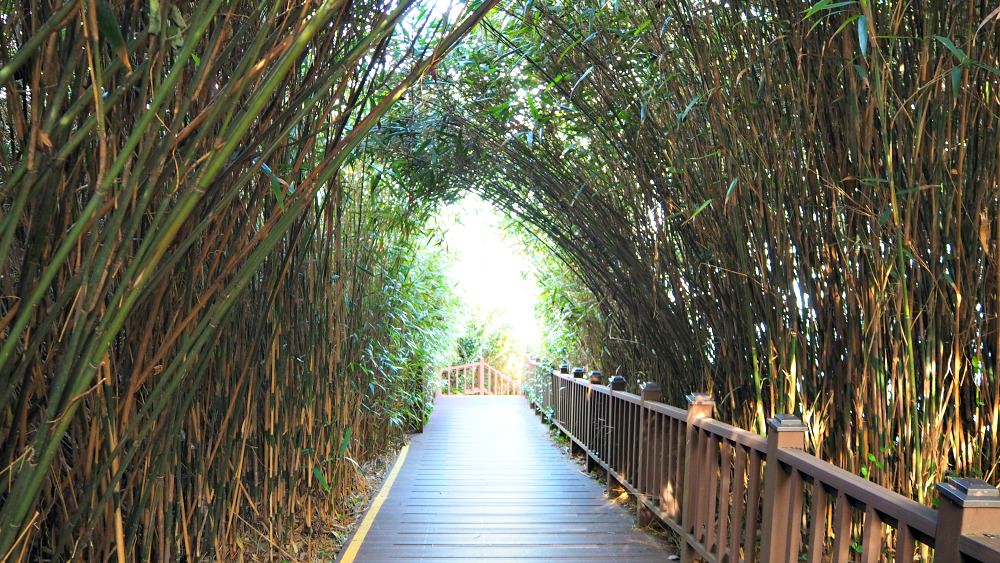 Odongdo in Yeosu City is one of the popular places to explore in the area, and in Dadohaesang National Park
Odongdo in Yeosu City is one of the popular places to explore in the area, and in Dadohaesang National ParkTravel and Hiking Courses Available
Heuksando Island Course:
This course requires around two days and one night to accomplish. Take a ferry from Mokpo Passenger Terminal for Heukdsando Island (takes around 2 hours depending on the weather condition and sea current)
Bigeum/Dochodo Island Course:
Takes about 2 hours (125 kilometers) from Mokpo Passenger Terminal to Docho Simok Beach and Bigeum Hanuneom Beach
Jodo Island Course:
Time travel to Jodo Island takes about 3 hours and 50 minutes. The course takes about 2 days and 1 night. Take a ferry from Mokpo Passenger Terminal to Jindo Paengmokhang Port-Jodo Island.
Gwanmaedo Island Course:
Getting to Gwanmaedo takes about 4 hours and 20 minutes by ferry. The travel takes around 3 days and 2 nights to accomplish. Take the Mokpo-Jindo Island-Jodo Island-Gwanmaedo Island trip via ferry.
Uido Island Course:
Getting to the island takes around 3 hours. Take a ferry from Mokpo Passenger Terminal for Uido Island. Distance is about 74 kilometers.
Hongdo Island Course:
It takes about 2 hours and 30 minutes to get there for a total of around 115 kilometers. Go to Mokpo Passenger Terminal and take Heuksando Island ferry that continues to Hongdo Island.
Goheung Singeum Beach Course:
This course takes about 2 days and 1 night overall. Go to Goheung-eup then to Singeum Beach
Wando Island & Bogildo Island Course:
This takes 2 days and 1 night to accomplish. Proceed to Wando Island then Bogildo Island from Mokpo City.
Hyangilam Course: Yeosu Station-Dolsandaegyo Bridge-Impo-Hyangilam
Balpo Beach Course: Goheung-eup-Balpo Beach
Geomundo Island & Baekdo Island Course: Yeosu Passenger Terminal-Gomundo Island-Geomundo Lighthouse
Wando Gugyedeung Course: Wando-eup then to Jeongdo-ri Gugyedeung, Etc.
Restricted Areas: 1) Iwol-ri Sewage Treatment Plant - Reed Field; Jageunjjakji – Bukkuji; Bija - Bugam, 2) Hoenggan - Sajabawi Rock; [Western Dadohae]: Hongdo 1 - Hongdo 2 (1.6km trail of Dongbaek Forest - 2nd Observatory excluded)
destinations/areas open to the public
- Dadohaehaesang
Hyangilam - Impo
Deokpo - Sorido Lighthouse
Deokchon - Geomundo Lighthouse
Sangseo - Maebongsan Mountain
Seodo Elementary School - Noksan Lighthouse
Kkotmeorisan Mountain Entrance - Observatory
Parking Lot - Bongnaesan Mountain - Parking Lot
Jangchon Village - Beach shore
Campsite - Nampo Art Gallery
Jeokchwibong Peak - Campsite
Recreational Forest - Observatory
Recreational Forest - Duryubong Peak
- Western Dadohae
Gwanmae Wetland - Dongnimmun Gate Rock - Bangaseom Island
Gwanmae Dock - Haenul Bridge
Dorisan Mountain Well Entrance - Dorisan Mountain Observation Deck
Sanhaeng - Songgarakbawi Rock - Dondaebong Peak - Eup-gu
Gwanho Village - Byeorakbawi Rock
For more detailed information, please find it at: Dadohaehaesang National Park (Wando Section)
The following travel information provides more details: stations, transports, fares, directions, and time travels. You may check them out for your choices…
transportation & travel details
Train & Bus Travel
- Train, Bus:
Seoul Station – Gwangju Songjeong Station (KTX Seoul-Mokpo, 1 hour 47 mins) – Nongseong Station (Line1-Green) (total fare: 39-100,000 Won) – Walk to Gwangju Bus Terminal (1 km) – Wando (approximate fare: 19,900 Won) – take a boat to Dadohaehaesang National Park. Overall, the travel takes 4 hours and 55 minutes.
- Bus Easy Ticket (30-43,000 Won):
Seoul Central City Bus Terminal – Wando (5 hours by bus) – Dadohaehaesang National Park (boat/ferry, 14 kilometers)
- Train, Bus via Jangseong Station:
Yongsan Station (ITX-Saemaeul, Nuriro Yongsan-Gwangju; 32-46,000 Won) – Jangseong Station – then walk for approximately 4 minutes to Jangseong Station (40 mins by Bus, 2,000 Won) – Gwangju (2 hours by Bus, 19,900 Won) – Wando – Dadohaehaesang National Park
- Bus via Iksan (44-60,389 Won; 8 hours 41 mins):
Euljiro 3-ga Station (42 mins by Subway, 3-Orange Line; 1,400 Won) – Nambu Bus Terminal Station – (change station) – Seoul Nambu Bus Terminal (2 hours 40 mins by Bus; 12-22,000 Won) – Iksan (1 hour 36 mins; 11-17,000 Won) – Gwangju (2 hours by Bus; 19,900 Won) – Wando (boat/ferry) – Dadohaehaesang National Park
Plane, Bus Travel
- Fly Seoul-Kimpo to Gwangju, Bus (65,318-131,829 Won; 5 hours 24 mins):
Gongdeok Station (take All stop Seoul-Incheon Airport train; 1,400-2,000 Won) – Gimpo Airport Station – then walk for 4 mins – Seoul Gimpo (50 mins by Plane; 44-110,000 Won) – Gwangju Airport – then walk for 6 mins – Airport Station (11 mins by Subway) – Nongseong station – then walk for 13 mins – Gwangju Bus Terminal (2 hours by Bus; 19,900 Won) – Wando (boat/ferry) – Dadohaehaesang National Park
- Fly Seoul Gimpo to Yeosu, Bus (85-178,000 Won; 6 hours 53 mins):
Gongdeok (all stop Seoul-Incheon International Airport train; 18 mins; 1,400-2,000 Won) – Gimpo Airport Station – Seoul Gimpo (GMP) (55 mins by plane; 41-130,000 Won) – Yeosu (RSU) (by taxi; 10,000 Won) – Yeocheon (1 hour 33 mins by Bus; 13,500 Won) – Gwangju (2 hours by Bus; 19,900 Won) – Wando – Dadohaehaesang National Park
- Train to Chongju, fly to Jeju, travel (5 hours 45 mins, includes 2 hours transfer):
Seoul Station (46 mins by KTX Seoul-Yeosu, Seoul-Mokpo; 17-65,000 Won) – Osong Station (18 mins by Train; 4,400-5,000 Won) – walk for 7 mins to Chongju Airport (1 hour; 34-220,000 Won) – Jeju – Dadohaehaesang National Park
If you are driving all the way from Seoul or other nearby places, you can park in specific places or parking areas that charge you for an hourly basis with cheap rates. Let’s check them out as below…
Parking Facilities (Fee Rates)
The rate for each vehicle depends on the size regardless of the time you park your car (a day). Small vehicle means under 1000cc; medium vehicle means sedan under 1000cc, Van less than 25 seats, and truck under 4 tons; large vehicle refers to Van/Bus with 25 or more seats and truck with 4 tons and above weight.
Small Vehicle: 2,000 Won (fixed rate for all seasons)
Medium Vehicle: 4,000 Won (off-season), 5,000 Won (on-season)
Large Vehicle: 6,000 Won (off-season), 7,500 Won (on-season)
Entrance Fee: FREE to all islands and sights unless otherwise indicated onsite
Restrooms are available in most areas
Also, you may avail the public facilities such as…
- campsites,
- tourism information centers,
- mountain ranger stations.
Having gotten some ideas and possible useful travel guide, please share this page with your friends or family members. Also, ‘like’ or ‘share’ through any of your social media apps.
Have a great, inspiring, and safe travels! :)
- Home
- Korea National Parks
- Dadohaesang National Park
Get Exciting Activities
Book one of our exciting activities today to experience the thrill of a lifetime! Take advantage of this opportunity and secure your spot in advance.
Hotel Map Guide
Find your affordable, accessible, and comfortable hotel in Seoul at Agoda.Com. See the hotel map below...
Hotel Booking Guide
Find affordable and amazing hotels on Agoda.com using the search box below. Book now to enjoy great discounts and save!
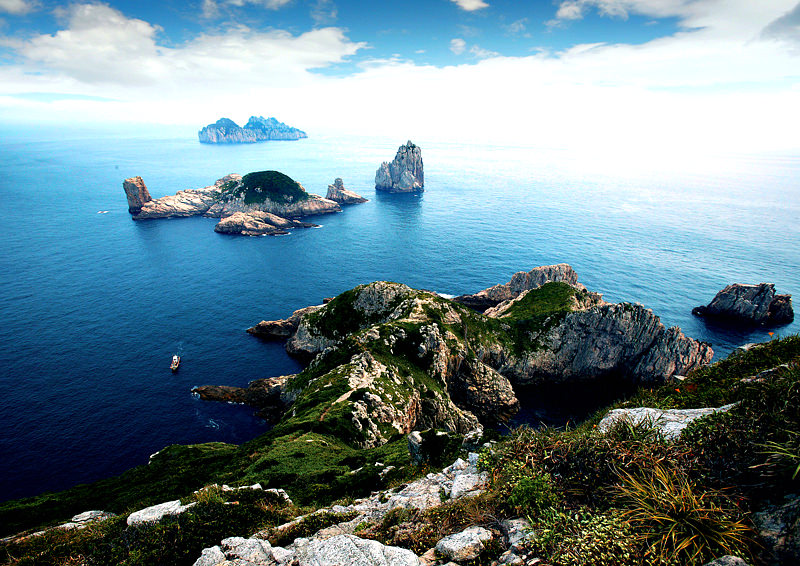
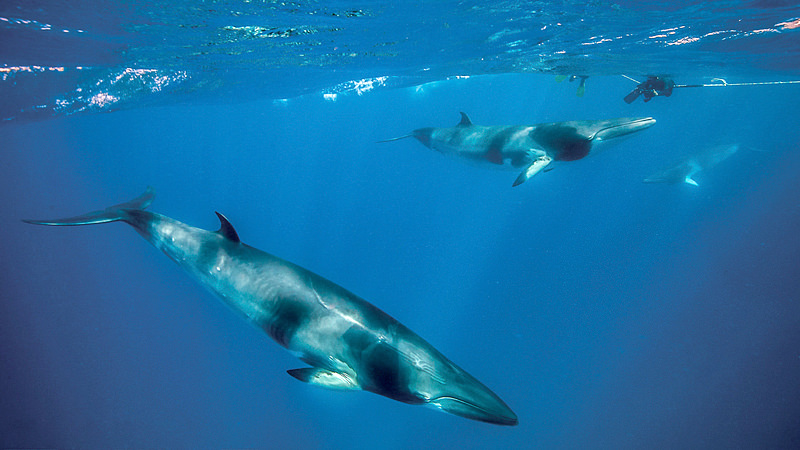
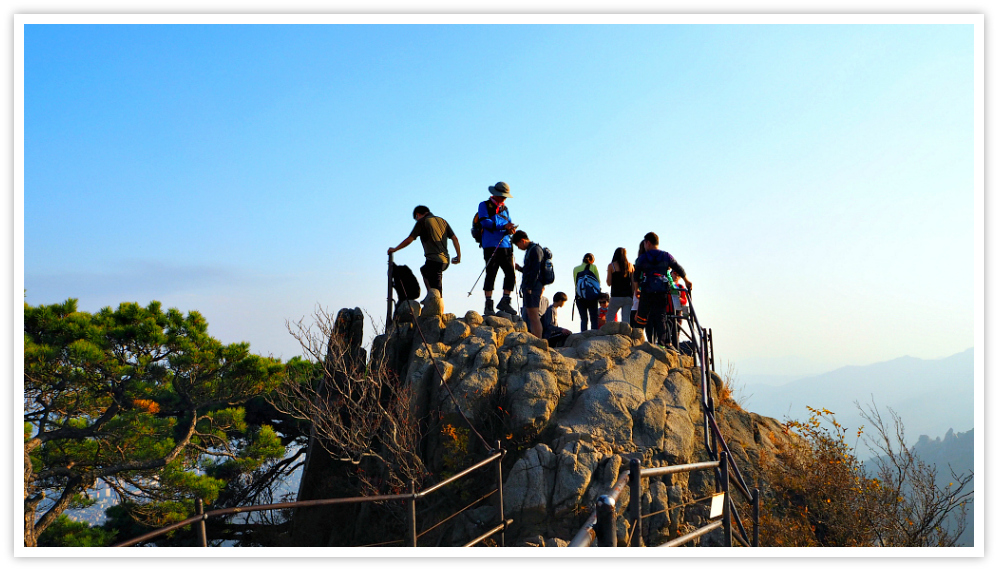
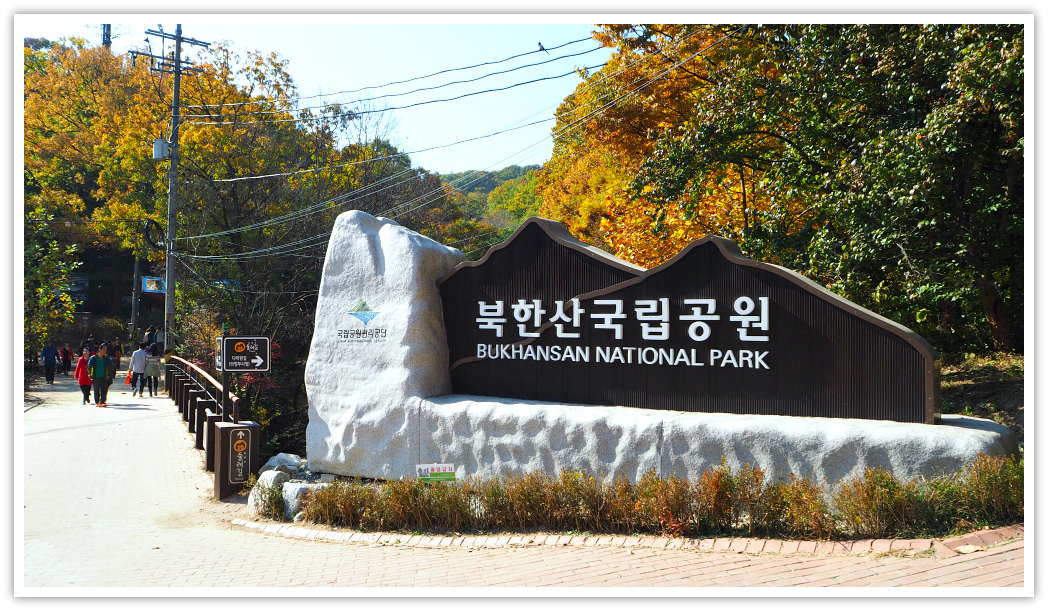
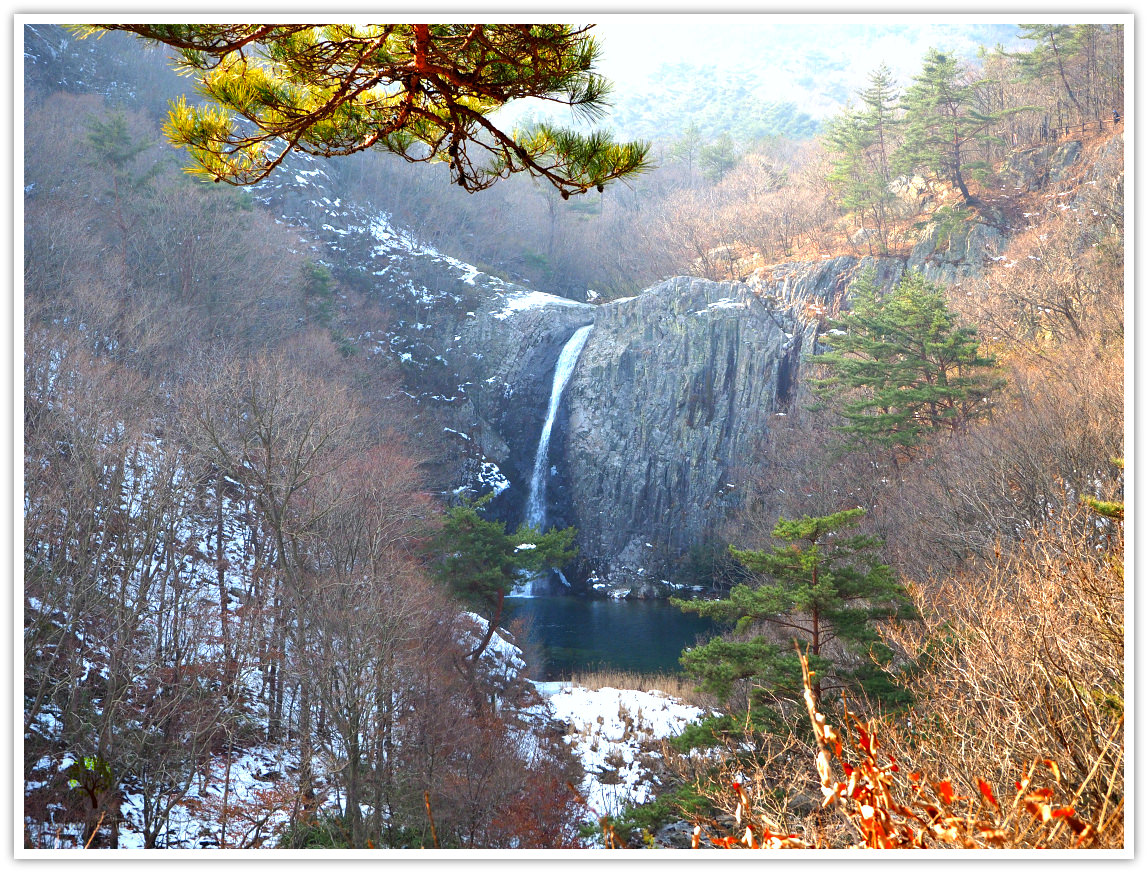




New! Comments
What do you think about this page? Leave me a comment in the box below.